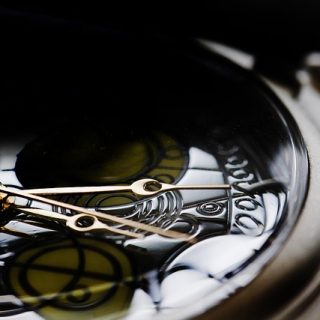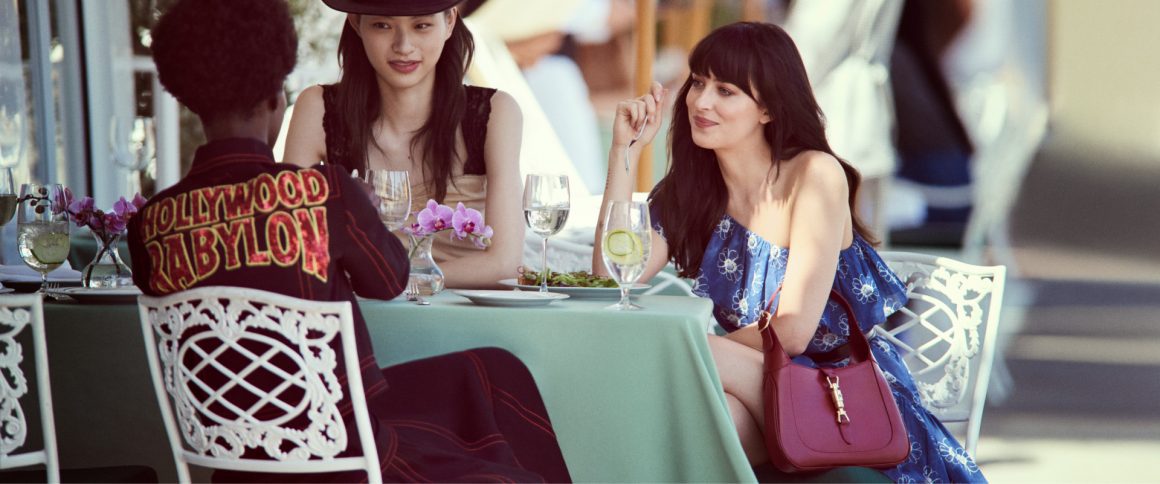Always connected, always busy, we’ve forgotten what it means to be bored. Yet, boredom, far from being a void to be filled, can become a real engine of creativity.
In a society where schedules are overflowing and every minute is filled with notifications, boredom is often perceived as a waste of time. But what if, on the contrary, it were a precious resource? Creative boredom isn’t an absence of activity, but an opening. It leaves room for imagination, stimulates inventiveness, and allows us to reconnect with ourselves. Rehabilitating boredom therefore means giving our minds back the space they need to create and dream.
Why boredom is scary
From childhood, we’re taught to flee boredom, to occupy ourselves with it at all costs. In our modern world, it’s even equated with laziness or inefficiency.
This negative perception deprives us of a state that is essential for the proper functioning of our minds.
Boredom as a trigger for creativity
When the mind isn’t continuously stimulated, it moves differently. Ideas emerge, connections are made in unexpected ways.
Many artists and thinkers report finding their greatest inspiration in these moments of boredom.
Learning to be bored again
Creative boredom can be tamed. It’s not about doing nothing, but about creating distraction-free spaces: walking without music, waiting without a phone, contemplating without a goal.
These moments release new energy and nourish an imagination often stifled by the daily grind.
Creative boredom for well-being
Beyond creativity, allowing boredom into your life brings a major benefit: slowing down.
By allowing yourself empty time, you reduce your mental load and find inner balance, far from constant overstimulation.



























Follow us on Instagram